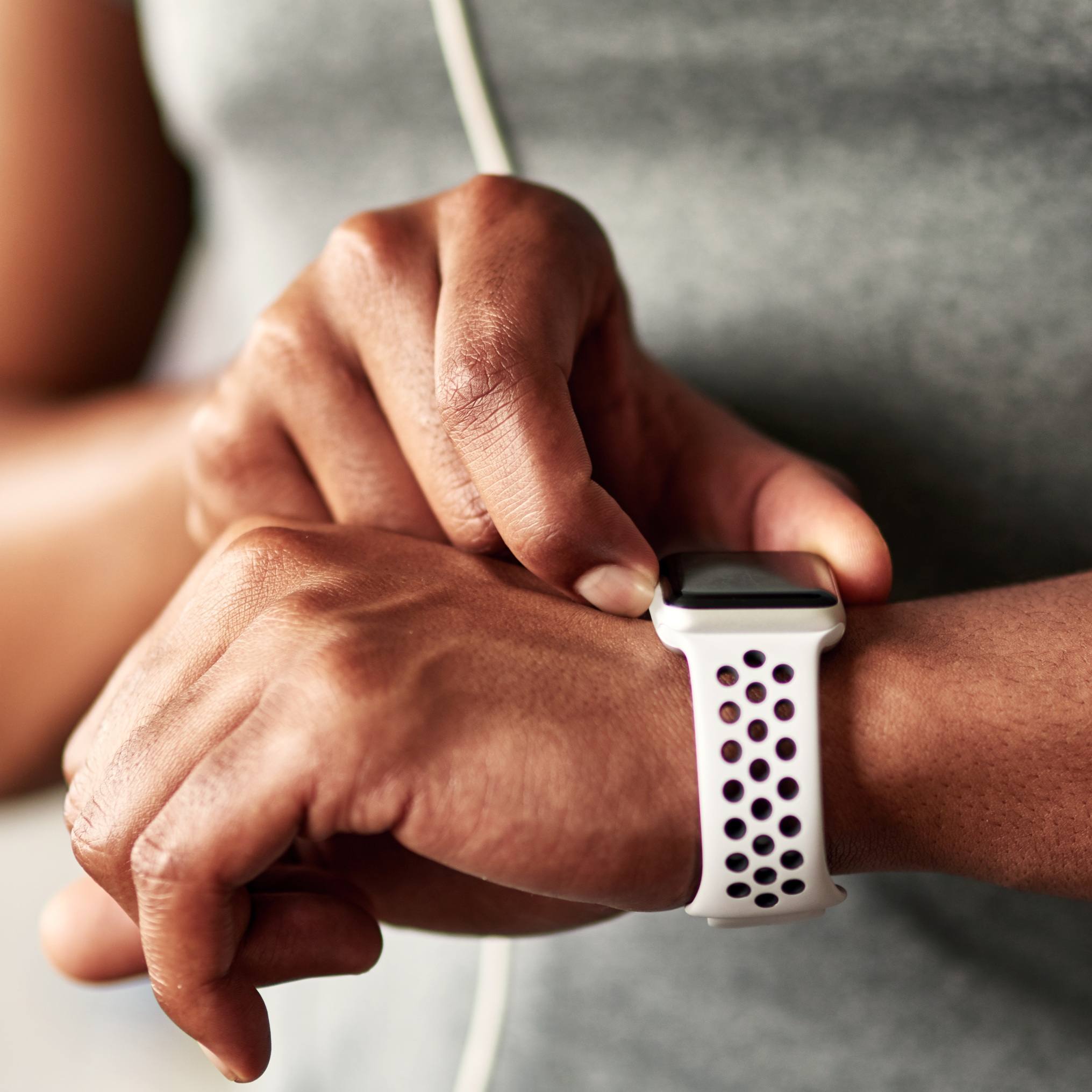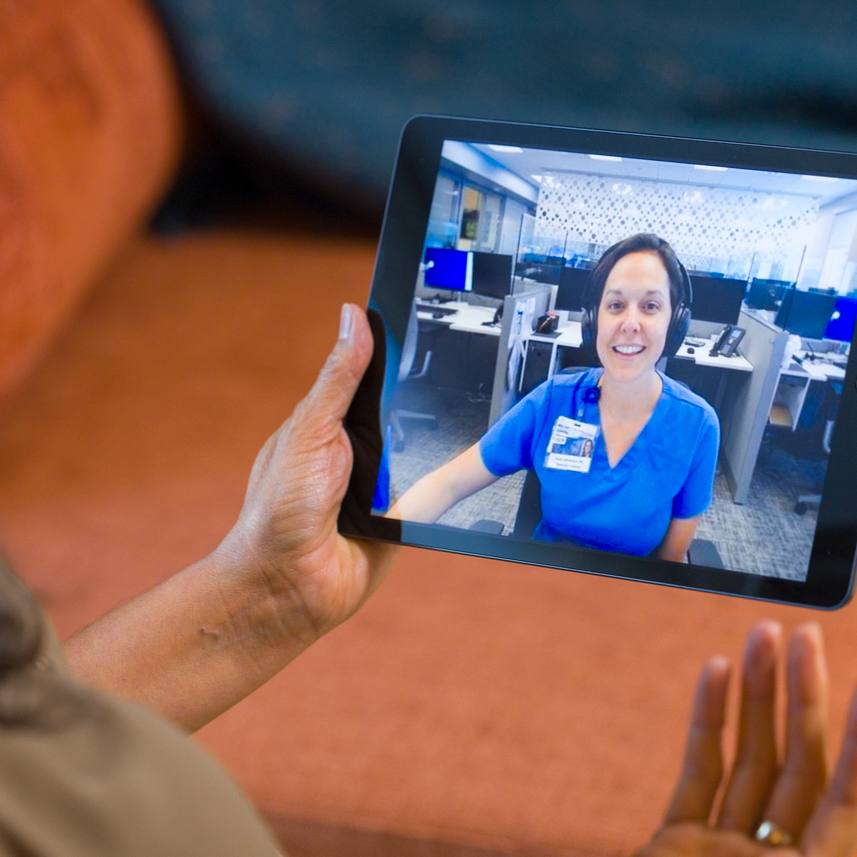-
Mayo Clinic Q and A: Avoiding pain while working at a desk

DEAR MAYO CLINIC: I have been working at home for the past year because of the COVID-19 pandemic. My work requires me to be on a computer much of the day, and over the past few months, I've noticed more frequent headaches, and pain in my lower back and sometimes my neck. Could my workspace be contributing to my pain? If so, how can I fix it?
ANSWER: The number of people working from home has increased significantly during the COVID-19 pandemic. With more people working from home came an increased number of people reporting neck pain and back pain.
Sitting and working at a desk — perhaps a makeshift one — is one of the most common causes of this type of pain. Taking time to review and redesign your workspace can alleviate discomfort, whether you work at home or in an office.
First take notice of your computer or workstation. Often I find that people try to accommodate to the technology rather than the other way around. For instance, many people strain to see a computer monitor that is too far away, too low, too high, too small or too dim. This compromises good posture.
The average human head weighs almost 12 pounds — the equivalent of a bowling ball. When your neck is bent to 45 degrees, your head exerts nearly 50 pounds of force on your neck. In addition to straining joints and muscles in your neck and shoulders, the pressure affects your breathing and mood.
To alleviate this stress, redesign your workspace to encourage well-aligned posture. You can improve the ergonomics — the efficiency and comfort level — of a typical workstation in many ways.
Start by answering these questions.
Is your monitor positioned so you can see it well without straining?
Consider these tips:
- Raise or lower the monitor or your chair so your eyes are level with the top of the screen. If you wear bifocals, you may need to lower the monitor another 1 to 2 inches.
- Move the monitor closer or farther away so you can easily read the screen.
- Increase the font size you use.
- If using a laptop, link to a larger monitor.
Are your mouse and keyboard positioned so you don't have to reach up to use them?
Lower your desk height or raise your chair so your forearms are parallel to the floor or pointed slightly downward and your wrists are not pointing either upward or downward.
Do you keep frequently used tools within close range to minimize reaching?
Consider these tips:
- Keep your mouse nearby, and regularly change it from one side of your body to the other.
- Use a headset if you talk on the phone frequently.
- Find shortcut keys you can use while typing.
- Use a document holder so you don't have to look down frequently.
Does your chair allow you to maintain the normal curves in your spine, such as the curve in your low back?
Raise your chair so you're not sitting straight up at a 90-degree angle, but rather with an angle of 115 to 120 degrees between the torso and thighs.
When you're seated, do your feet touch the ground?
Consider using a stool if you've elevated your chair and your feet no longer reach the ground. Also, maintain a couple of inches between the back of your knees and the chair.
If your chair has armrests, do they allow your shoulders to relax?
Consider lowering or getting rid of the armrests so your neck and shoulders can relax downward.
Check your posture
Have someone take a picture of you at your workstation and check to see if you are in a well-aligned posture, which means:
- Your eyes are looking straight.
- Your neck is not bent.
- Your forearms are parallel to the floor.
- Your low back is in its natural curve.
This can provide another perspective to help you make adjustments.
Talk to your employer, as well, to see if additional items can be provided to assist you, if necessary, such as a standing workstation or a sit-stand desk. The latter setup allows you to raise and lower the height of your computer and peripherals.
Consider these best practices
Also consider these best practices to support good health and posture:
- Set a timer and get up every 30 minutes. Take a walking meeting, stand or exercise during a conference call, or hand-deliver a message when you would normally email it.
- Follow the 20-20-20 rule. Every 20 minutes, give your eyes a 20-second break by focusing on something at least 20 feet away.
Being mindful of healthy work habits can go a long way to reducing neck and back pain, as well as creating a more positive work experience. — Jill Henderzahs-Mason, P.T, D.P.T, Mayo Clinic Healthy Living Program, Rochester, Minnesota
****************************
Related Articles
- Mayo Clinic Q&A podcast: Tips to stay healthy while working from home published 7/21/21
- Mayo Clinic Q and A: Staying active while working from home published 3/18/21
- Connecting Patients: What are your tips for working from home? published 3/30/20
Related Articles







